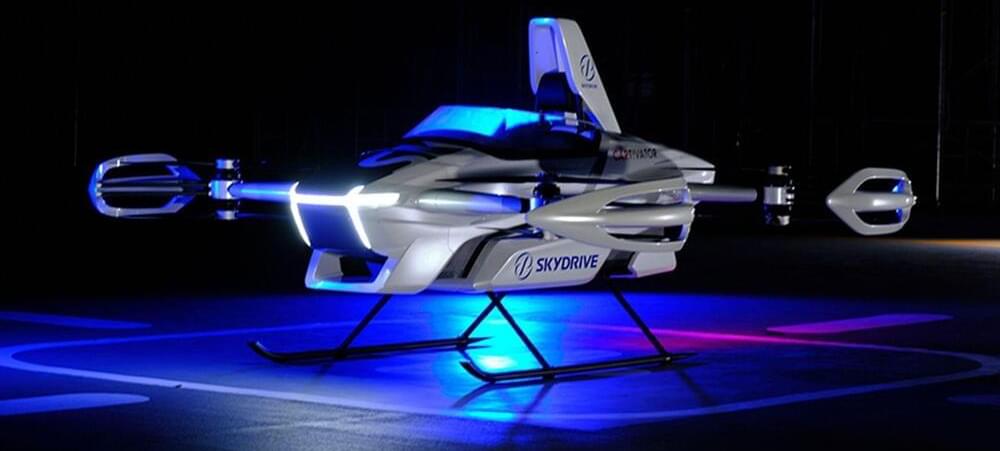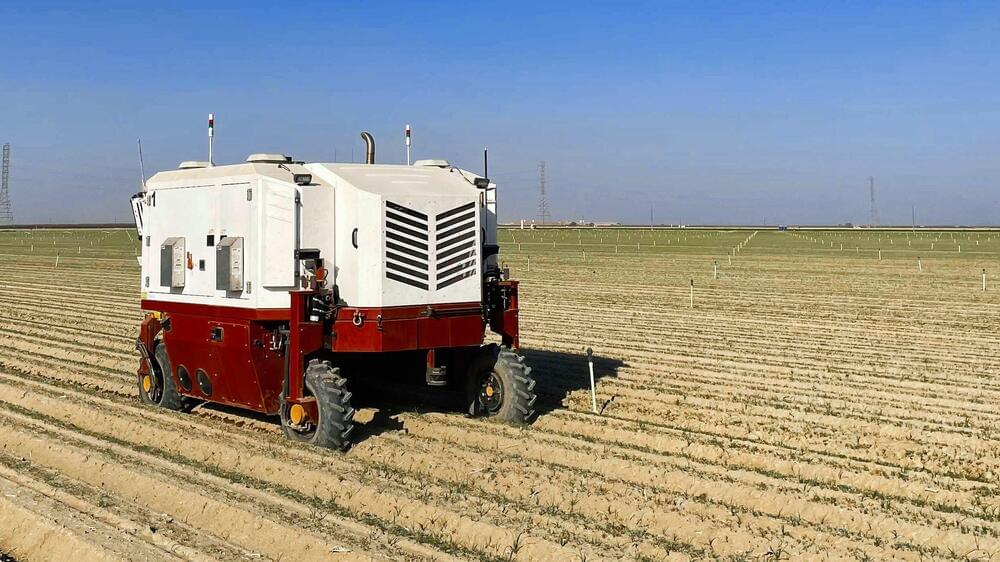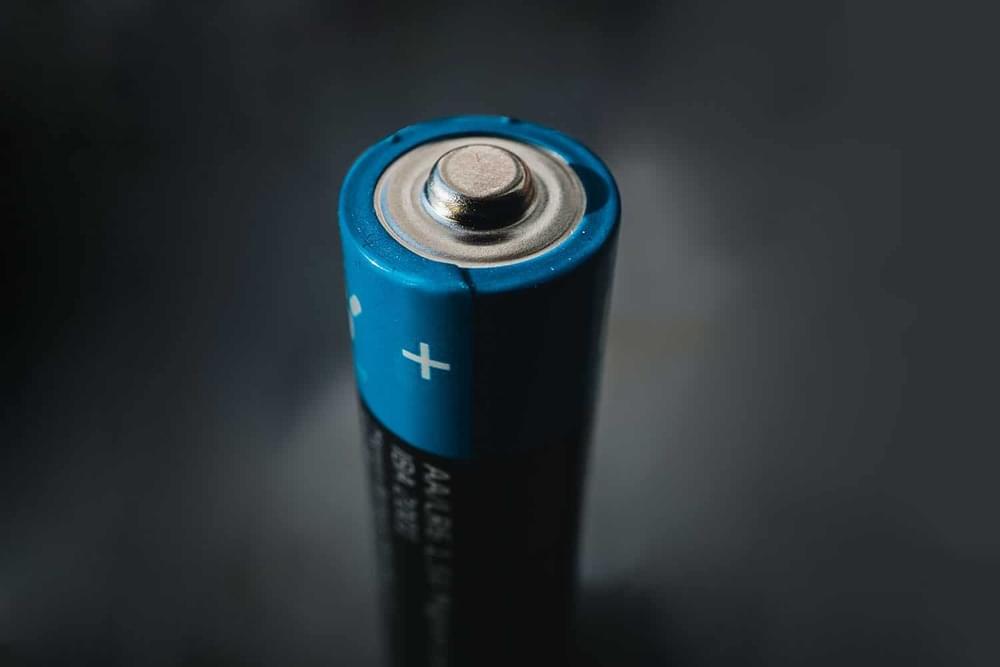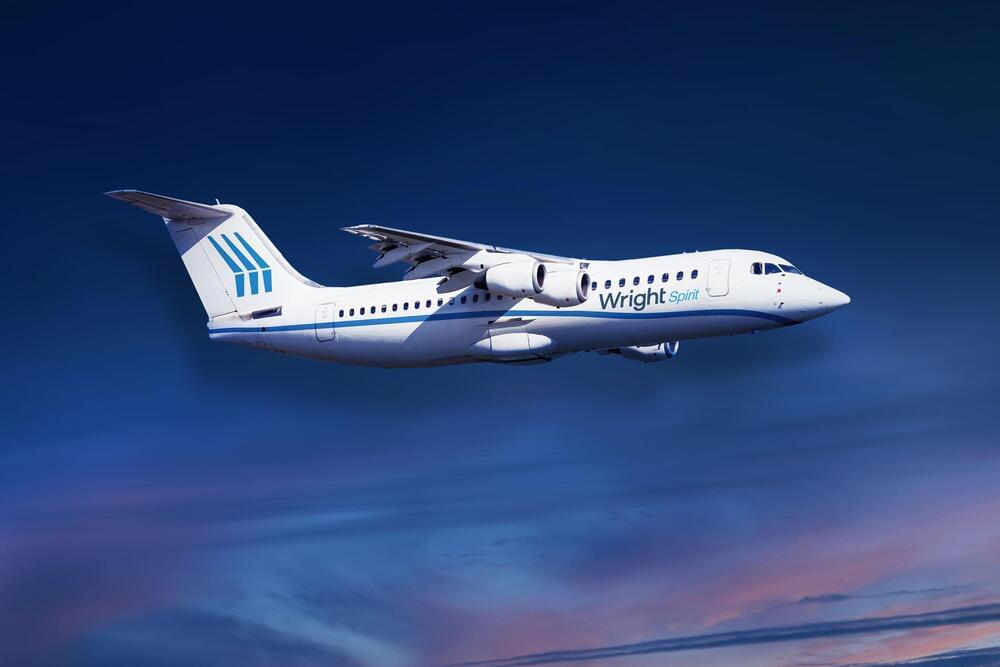German urban air mobility (UAM) company, Volocopter, has completed the first-ever crewed public test flight with its 2X aircraft in Seoul, South Korea.
During the 5-minute test flight that took place at Gimpo International Airport in Seoul, the fully electric two-seater air taxi covered a distance of approximately 3 km (2 miles), reached a maximum altitude of 50 meters and maximum speeds of 45 km/h (28 mph). The test flight was part of South Korea’s Minister for Land, Infrastructure, and Transport’s (MoLIT’s) UAM demonstration event – ‘Open the Urban Sky.’
Seoul is now the second city in Asia where Volocopter has conducted test flights of its air taxi, following the first successful public flight trial over Singapore’s Marina Bay area in 2019.







